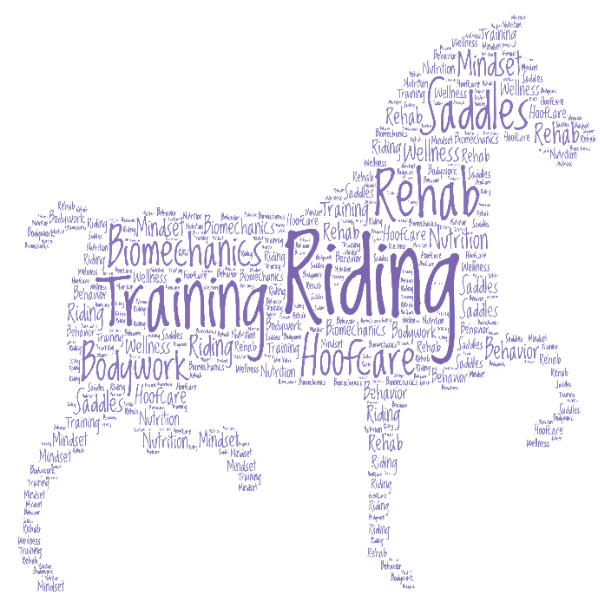Have you heard ….. ? ….. equestrian coaching is in the middle of a quiet revolution!
This is a little overdue, for we haven’t changed how we teach for many centuries. But pedagogy, (which, as you may know, is the art and science of teaching), has undergone significant transformations during this time.
Teaching has moved a long way from the rigid, top-down approaches of traditional Direct Instruction to the dynamic, interactive models of collaborative learning and coaching that we know today.
This evolution of pedagogy reflects our growing understanding of how people learn best and is in response to the changing culture and learning needs of our time.
So, let’s explore how this contemporary shift towards more inclusive and effective teaching methodologies impacts on equestrian coaching.
The Era of Direct Instruction (DI)
The roots of DI can be traced back to ancient civilizations, where formal education was reserved for the elite. In these settings, knowledge was transmitted from master to apprentice, with little room for questioning or exploration. This model persisted through the Middle Ages and into the early modern period, dominating educational practices for centuries and reinforced by the hierarchical nature of societies and the limited access to information for the general population.
DI is characterized by a teacher-centred approach. This involves the teacher imparting knowledge of their choice to their students in a highly structured manner, often through lectures, demonstrations, and rote learning. It assumes that the teacher is the primary source of knowledge and that students are passive recipients.
As explained by Xenophon, the Ancient Greeks, and possibly others before them, adopted DI as an instructional technique for training the cavalry conscripts of the time.
DI was well-suited to teaching these beginner riders the basic controls of their horse. They were taught in fenced arenas, and in large groups, relying on equine herd instinct to stay together.
The horses were crossbred remounts – what you and I would recognise as schoolmaster horses. Training was for an hour, daily, with the aid of double bridles, whips and spurs. It lasted for about six weeks before they were sent off to war.
While we respect and honour our equestrian heritage, it is clear to see that this traditional pedagogy is not sufficient to meet the learning needs of today’s riding demographic.
Our riders are predominantly female, are of all ages, and include a lot of children and teenagers. DI alone can’t adequately address the diverse learning needs of these participants, which often leads to disappointment, lack of motivation and even disengagement.

Furthermore, we participate in a wide range of competitive equestrian sports and activities, many of which, like show jumping, have only been invented during our own lifetime. These activities require relatively sophisticated riding skills, new training regimes for new breeds of horses, and complex competition preparations.
Undoubtedly, some DI does have a place in equestrian tuition when clarity of instruction, efficient coverage of material, and ease or immediacy of assessment is necessary, e.g. when teaching safe practices.
However, it also has significant limitations.
It tends to stifle creativity, critical thinking, and independent problem-solving skills, all of which are required in the competitive arena.
This means that if we use DI exclusively – as very many coaches happily do because that’s how our coaches were taught! – we are highly likely to significantly slow our riders’ skill acquisition and to peg them at a very modest, relatively novice skill level.
To include skills they need to preserve their own safety and the wellbeing of their horses, riders need to learn using the best of modern, evidence-based educational practices.
This puts the responsibility for successful, ongoing rider participation (and therefore for the future of our sport), squarely at the feet of the coaches!
Moving on: Collaborative Learning
In the latter half of the 20th century we witnessed a paradigm shift in educational practices.
Advances in psychology, neuroscience, and educational theory challenged the efficacy of DI, paving the way for more interactive and learner-centred approaches.
Now, in the 21st century, collaborative learning has emerged as a powerful alternative, emphasizing the importance of social interaction, peer collaboration, and active engagement in the learning process.

Collaborative learning is grounded in the theories of constructivism, which state that knowledge is constructed through social interaction and shared experiences.
Pioneers such as Lev Vygotsky and Jean Piaget argued that learning is a socially mediated process, where individuals build on each other’s ideas and perspectives.
This approach recognizes the role of the learner as being an active participant in constructing knowledge, rather than just a passive receiver.
Collaborative learning involves riders working together in small groups to solve problems, complete tasks, or explore new concepts.
This is ideally suited to online groups as it fosters a sense of community, encourages communication and cooperation, and develops critical thinking skills.
The teacher or coach’s role (and we’ll discuss the difference between them, another day) shifts from that of a knowledge provider to a facilitator, guiding and supporting riders as they navigate the learning process.
Collaborative learning promotes deeper understanding, retention, and application of knowledge.
It enhances social and emotional skills, such as empathy, teamwork, and leadership in line with coaching experiences as being part of a learner’s personal development.
Furthermore, it encourages inclusive participation, making learning more equitable and accessible.
This new pedagogical approach ensures a rider is very much better prepared for their in-saddle practice, for the principles of equestrian skills can be learned very much better as part of a group, around a table or online, than they can while mounted on a horse.
Meantime, the horses are relieved of much tedious and unnecessary legwork in their lessons.

Conclusion
When embracing this modern pedagogy, we must necessarily include IT and other technologies, with which we can create more engaging, inclusive, and effective learning environments. This transition from a one-size-fits-all methodology to a more personalized and cooperative framework reflects the evolving understanding of the importance of online resources to support effective education and in-saddle learning.
But what about your own coaching experiences? Have they caught up with the times? Perhaps they have been stuck in the DI pedagogical model because that’s how equestrian instruction has “always” been done? Indeed it has – until now!
You have almost certainly experienced collaborative learning in other educational environments and maybe you are now curious to know how to bring it into your equestrian world…? Modern coaching emphasizes the importance of an interactive and engaging learning environment that values the unique contributions of each of us, so feel free to share your experiences!
A gentle reminder: As we continue to explore and refine our teaching and coaching practices, we must remain committed to putting the needs, interests and safety of all riders and the wellbeing of their horses at the heart of their education. We’ll explore how we might do this in upcoming blogs.






